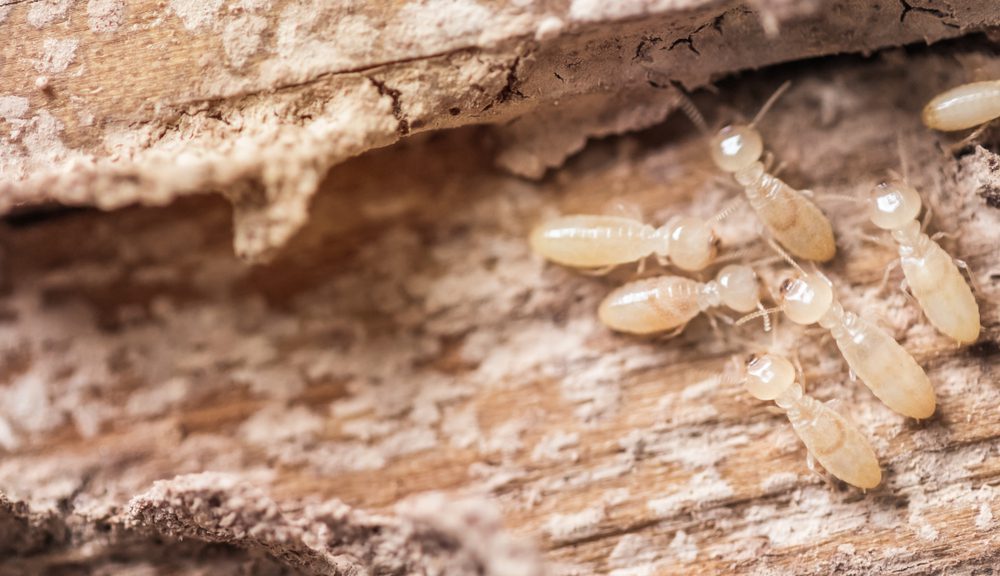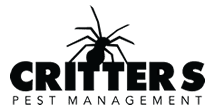Termites are one of the worst pests in Brisbane and all around the world. They can cause severe destruction in our homes, businesses and other structures. Since the withdrawal of soil barrier chemicals in the 1990’s, more properties are at risk and controlling termite infestations has become a major challenge.

How Many Termites are in Australia?
There are over 350 native and introduced species of termites in Australia, around 40 of which are destructive and invasive. The exact number of termites in Australia is difficult to estimate but must number in the trillions. The population of a single colony alone can exceed one million, with the queen living for up to 50 years while workers can live up to six years. 60,000 alates can fly from a single colony each year, which are termites that form wings and leave the parent colony to mate and establish new ones.
How Much Damage are Termites Responsible For?
Termites infest and damage approximately one out of every five houses in Australia. This includes houses in New South Wales, Western Australia and Victoria where termite infestation is typically much lower than in Queensland and other warmer subtropical and tropical areas of Australia. Termites are responsible for over $100 million of damage to homes each year, which usually isn’t covered by insurance. Termites can cause irreparable damage within 12 months of attacking a home.
Which Termites are the Most Destructive
Termites are classified into three categories according to their ecological nesting and feeding habits – subterranean, dry wood and damp wood. Destructive termites usually come from the first two categories and include both native and introduced species.
The main pest termites in Australia are:
- Coptotermes acinaciformis
- Coptotermes frenchi, C. lacteus
- Mastotermes darwiniensis (giant northern termite)
- Cryptotermes brevis (West Indian drywood termite)
- Heterotermes ferox
- Schedorhinotermes intermedius
- Nasutitermes fumigatus
- Nasutitermes walkeri
The native subterranean coptotermes species of termites are the most destructive species of termites in Australia and affect homes all throughout the mainland.
How Big are Termite Nests?
The size and type of nests termites build vary depending on the species. Termites can tunnel up to 400mm deep. The nest can be located 50 to 100 metres away from where the workers are foraging. The longer a termite nest exists, the bigger and more destructive it often becomes.
What Do Termites Eat?
Termites really do eat wood. In nature, termites play a useful role helping wood be recycled to the soil as humus, an organic material that provides nutrients for plants and increases the ability of soil to retain water.
Using bacteria, protozoa and microbes that live inside their stomachs, termites can digest cellulose, the main constituent of wood. They are extremely well organized and persistent in their search for new food sources. Contrary to what one might think, they will eat anything containing cellulose – wallpaper, books, boxes, carpet backing, drywall and even furniture.
Termite and Pest Control in Queensland
If you have a problem with termites in Brisbane, Redlands, Ipswich or Logan, call the team at Critters Pest Management. We use state-of-the-art thermal imaging to detect termite activity and provide highly effective and sustainable termite inspection and termite treatment methods including termite barriers.
Call our friendly professionals today on 07 3820 2238 to make a booking or contact us online.
